-
Posts
264 -
Joined
-
Last visited
-
Days Won
1
Content Type
Profiles
Forums
Gallery
Blogs
Events
Articles
Store
Downloads
Posts posted by flandersflyer
-
-
well...if you want to see an oustanding example of a fokker DV11 with original 160HP mercedes......then here:
and here is a fokker DR1 with original 110HP le-rhone rotary:
-
Not as of yet seen anything like that, The French I believe were ahead of the UK in trailer design before the war as they were much more advanced in building aircraft so the requirement was there.
However by the eve of war French trailer design was rooted in the past, it was a fully boarded full width trailer usually covered by means of hoops and canvas.
We had the advantage of starting fresh with a new concept based on the 1913 current aircraft designs.
The French loaded the aircraft with its wheels on top of the trailer flat, an aircraft already an unstable structure was supported on inflated rubber as high up as possible from the road so the tendency was to build a low trailer often with smaller wheels not as good at travelling over rough ground.
We built a narrow trailer where the aircraft wheels straddled the structure and the aircraft axle could be rigidly fixed to the trailer chassis, a lower more stable design.The British design was not covered and had large diameter twin wheels for better cross country ability.
I believe during loading the aircraft axle was dragged and balanced along the draw-bar before being supported by the chassis rails.
The centre portion of the trailer was normally not boarded and had brackets to allow stowage space for 2 lewis gun transit chests beneath the level of the trailer flat. you can see this in the pictures I have posted. Most British aircraft carried Lewis guns.
These are my own thoughts which may be correct, however I have studied the photographs carefully from a usage and build point of view to develop my own interpretation which is now on the road.
[ATTACH=CONFIG]89433[/ATTACH]
French
[ATTACH=CONFIG]89445[/ATTACH]
French
French
[ATTACH=CONFIG]89442[/ATTACH]
[ATTACH=CONFIG]89437[/ATTACH]
British
[ATTACH=CONFIG]89443[/ATTACH]
British
the german aircraft in the last 2 pics appears the be a Pfalz D111..:
http://en.wikipedia.org/wiki/Pfalz_D.III
there is one still flying...in New Zealand
as far as i know theres only 2 of these in existance...making it one of the rarest aircraft in the world today.
They served during the late spring air offensives of 1917...although not considered to be as manuverable as the Albatros scouts..they had the advantage of being able to dive at high speeds...making them good for ground attack and balloon busting jobs.
they helped to re-establish german air superiority during the events that came to be known as `bloody april`.....
-
i suppose a good way of getting over problems such as this would be to utilise something similar to a pipe/tube expander...but on a much larger scale....
this could be fitted inside a slightly undersized tyre...but in such a way as that the edge of the tyre could be dropped over the wheel...the tyre expander could then be released...and then re-applied further towards the edge of the tyre....and so the process could be repeated to kind of `inch` the tyre onto the wheel...
it would then be on tight enough i`d say...
-
When we first obtained the chassis from under the Shepherd’s Hut, the front springs were “finished” and on the near side, the fittings holding the spring to the front axle on that side had disappeared entirely. To enable us to move the chassis, a very temporary fitting was made up, just to hold everything together.
The one top keeper plate remaining – or properly named in the Parts Book as a “Strong Back” was in very poor condition – but fortunately there was enough information available from it to enable us to make two replacements. Presumably, the originals were either castings or forgings, but we thought that steel fabrications would do the trick.
Laser cutting seemed to be the easiest way to make these parts but the total overall thickness was too much for our local man to deal with – to cut in one piece, and then it would have been necessary to mill a slot down the middle to accommodate the rectangular plate on top of the spring being part of the assembly holding the leaves together.
So instead, we opted to have three pieces cut for each so that the two smaller edge pieces could be welded to the main plate, but leaving the required slot. The three bits were held in their correct positions for welding with temporary nuts and bolts.
invest in some bottles and cutting gear, bagging etc...
you could have got the torch out to make these....burn `em out of a bit of plate....
-
Hi Richard, thats interesting, i didn't know Halley used Crossley engines as well, thanks.
wern`t Crossley in Manchester?
it clearly states Manchester in one of the images i posted for Halley....so there would be the connection....
-
would this have been part of the schneider creusot...that made heavy artillary for the french army?
-
-
Theres some nice clear pics there, the only one that im not sure about being a Halley is picture number two, but i could be wrong, thanks.
Dan.
it was a case of if there was anything on them pics that you could find handy as reference points etc...
but also as a bit of a booster as well...
dont forget Dan that soon you will have something similar to the pics....

-
-
so....
Did Halley manufacture their own engines then?....or was it a case of grab a proven design from a reputable manufacturer?
just wondering if this would be the same for the gearbox?
I have been looking at this thread for a while and it just goes to show that with dedication anything can be brought back....
i think those in here that involve themselves with this depth of restoration are a credit to us all.
Well done.
-
would tie in nicely with the discovery that cavalry were easy targets for machine guns....hence by the end of 1914 most were dismounted and put in with the infantry...further more green was a better colour for camouflage and the fact that trucks in service already were being repainted around this time (back end of 1914) is a clear indication that the government & general staff could see that this war was going to last a lot longer than had been expected as both sides dug in...Tim,That was my thought as well, that the Albions were intended for Home Front use. I am assuming that it was the civilian liveried lorries in France that were repainted first, although some military ones might have been if they were in for overhaul. At some point, the decision was made to switch from military grey to GS, or whatever they called it. Certainly by mid-January 1915 repainting was happening among a lot of ASC companies and ambulance companies. My gut feeling is that that decision was made sometime in October or November 1914.
-
Well, I am going to vote Conservative - leave well alone!
Barry.
if you do it with an argon set....very localised heat= no distortion
-
The cracking in the chassis rail is due to `work hardening`...this could be caused by vibration (frequency) over a long period of time...then the belt it obviously recieved at some time was enough to start it off......
more likely though to be down to having been worked (forged/rolled) `cold`...that is to say the material wasn`t hot enough when worked....
cracking like that is a typical sign of `cold forging`....iron is particularly susceptible to this....
iron (unlike steel) is fibreous...if you forge it cold it kind of `splits`....and you can see the strands seperate....its almost like looking at heavy cloth...
but anyway, thats what the crack in the frame is all about boys....
-
i would imagine the original part would have been made by using an adjustable broach...with multiple cutting faces to suit the form required...this could be mounted in a slotter...the idea being that on the upstroke (after each cut was taken)...the broach could be `indexed` to a slightly larger diameter using a similar idea as how an adjustable reamer works by means of the machines auto indexing...until the component comes out `size`....Thanks for that. Always useful to know who can do these sort of jobs.Tony has now made the oil scoop and the locking nut.
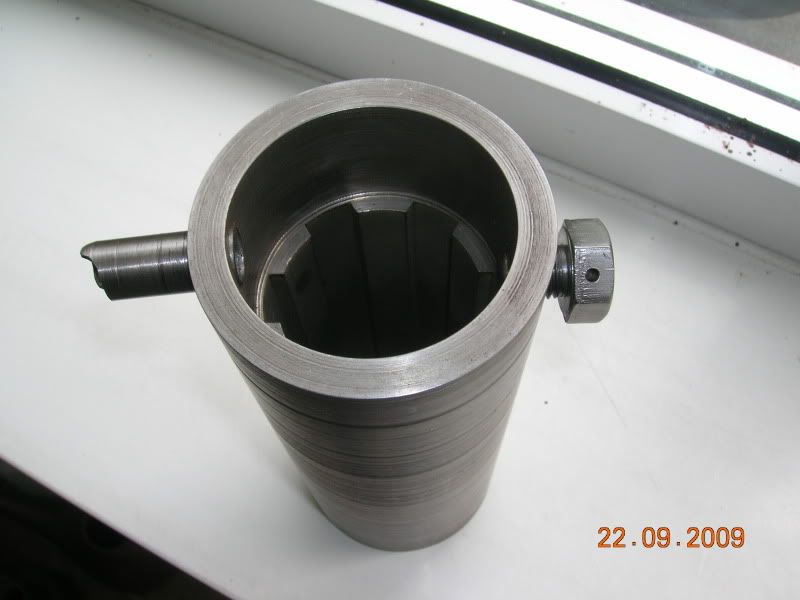
Proper job!
We have the correct bearings (thanks Chris) so we just need to arrange a day when all of us can get down to Devon to put the thing back together. It is going to be a busy day. Then what is it next chaps? Water pump or torque tube?
Tim (too)
-
well....i`m generally very busy with my work (electrical contractor)...but i just have to come in here at least twice a week to get my thornycroft fix!!
well done fellas....keep it up.
-
just looking at it all though...
it seems that the drop arms and various other components are in better nic than the Dennis....
the forgings have still kept their shape....wheras i noticed with the dennis that various parts had been badly attacked by corrosion...
still got them back though...well done.
-
The 4-wheeler looks like a PORTER, but I cannot find a photo of this type in any of my WW1 rail book collection. Edit: Aha - it may not be a WD engine then!!
Those Baldwins must have been worked pretty hard - it is surprising that they have been so little altered appearance-wise. The Hunslet equivalent is a much more aesthetically pleasing design!
4-6-0 was a typical mid to late 19th century design from the US....
these are the wheel configurations used by most designs of the times for `prairie work`...that is to say hauling passangers and freight across the west...
reliable, sturdy and easy to build & maintain....forget the winchester and colt....these are the real tools that won the west...
the indiginous tribes knew it as well....which is why they were attacked at every opportunity..
several versions were made....the `long stack`....coal burners....and of course the famous `diamond stack`....such as those seen in many a western....these were the woodburners.....
-
centre of gravityDoes anybody else find it slightly intriguing that, apart from the two later vehicles, everything is standing on the sea bed the right way up? Any ideas as to why? -
and here`s a lesson to all...never assume something is dead...
it can nearly always be brought back....
-
He then passed the job onto Dad who made up a gland follower and a new bronze bearing. As the casting is so thin in the area of the bearing, Dad secured it with Loctite rather than risking pressing it home and cracking the casting. He then undertook a trial assembly .
Then, he painted the castings and, after making up a new gasket, put them all together again.
All that remains of this assembly now is to make up a new ‘onion’ support casting to replace the heavily corroded original. Steve will be starting on the pattern shortly.
outstanding....
-
The way I see it is the shaped washers are backing strengtheners for the holes drilled in the leather, which acts the same as a modern rubber coupling, simelar to a Hardy Splicer unit! The centre hole does nothing except look pretty...! (as with everything else on this vehicle!!!):cool2:
think triumph rotoflex
-
but they (aluminium) loose heatIf anyone is wondering why the difference in the clearances, an Aluminium piston will expand slightly more rising to the same temperature as an iron one would - assuming you are using a cast iron block in both cases.better as well....through the oil.....
thats why manufacturers started to use ally pistons...
-
Thanks Chaps. Just what I wanted!
Cast iron is lovely to machine but the swarf is filthy. I shall have rusty handkerchiefs for a week!
Steve

runs lovely does cast...no water needed either....
another one is a good toolsteel....will machine stainless lovely will toolsteel....much better than ceramic/carbide tips...
-
just another thought as well....
if the crown is to be flat then do the final cut from the centre out.....
outside in can put a taper on a face.....




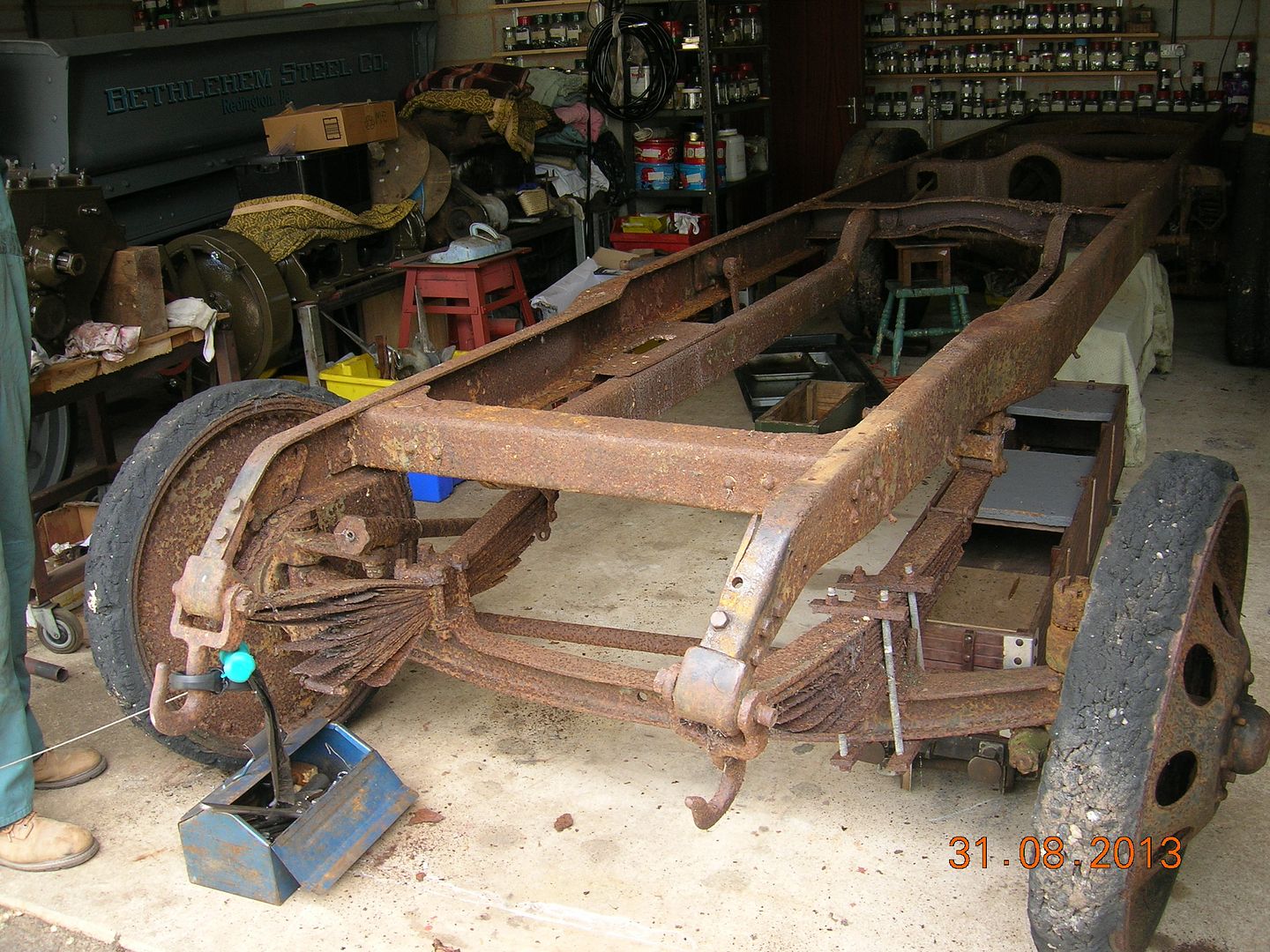
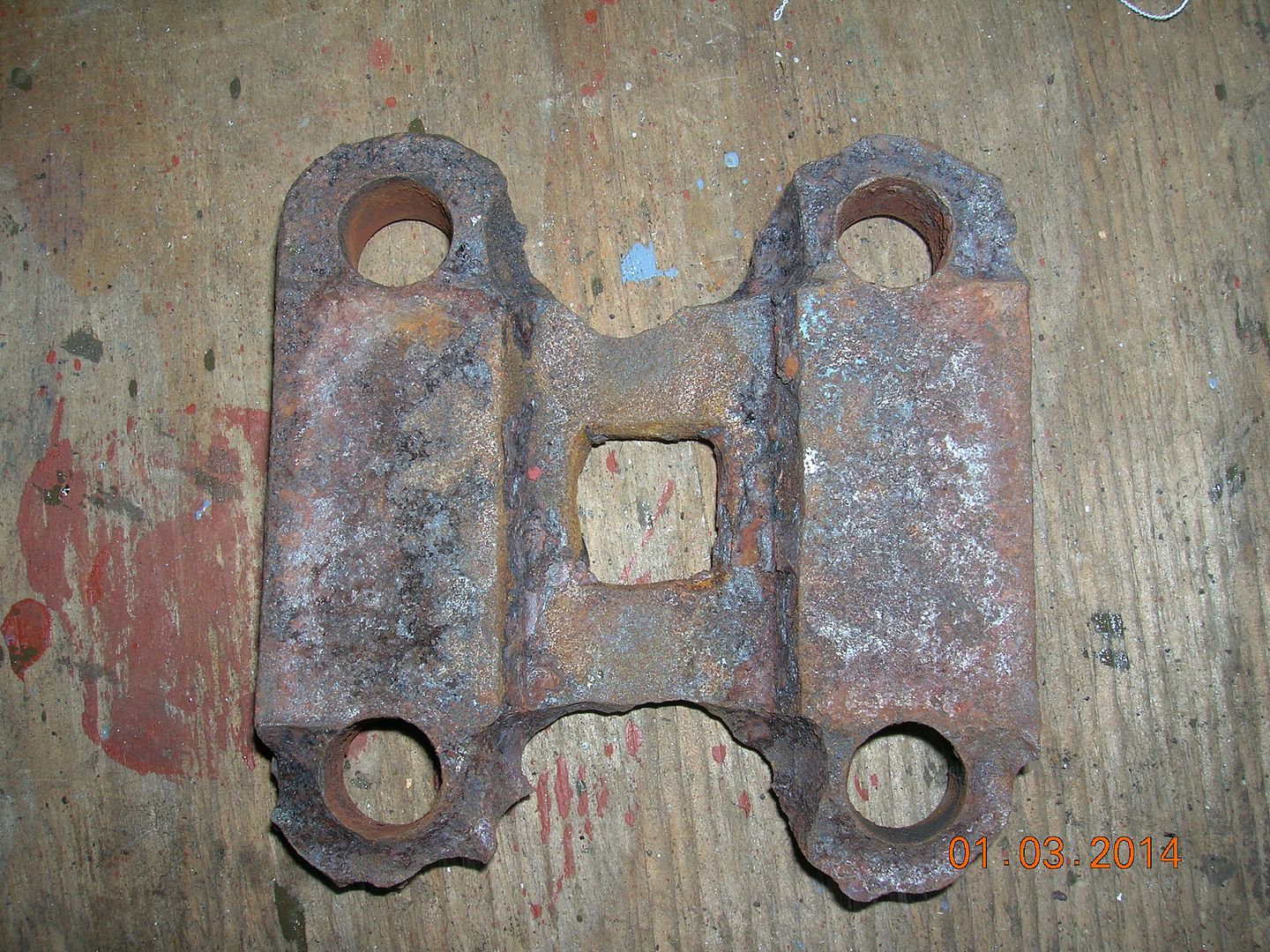
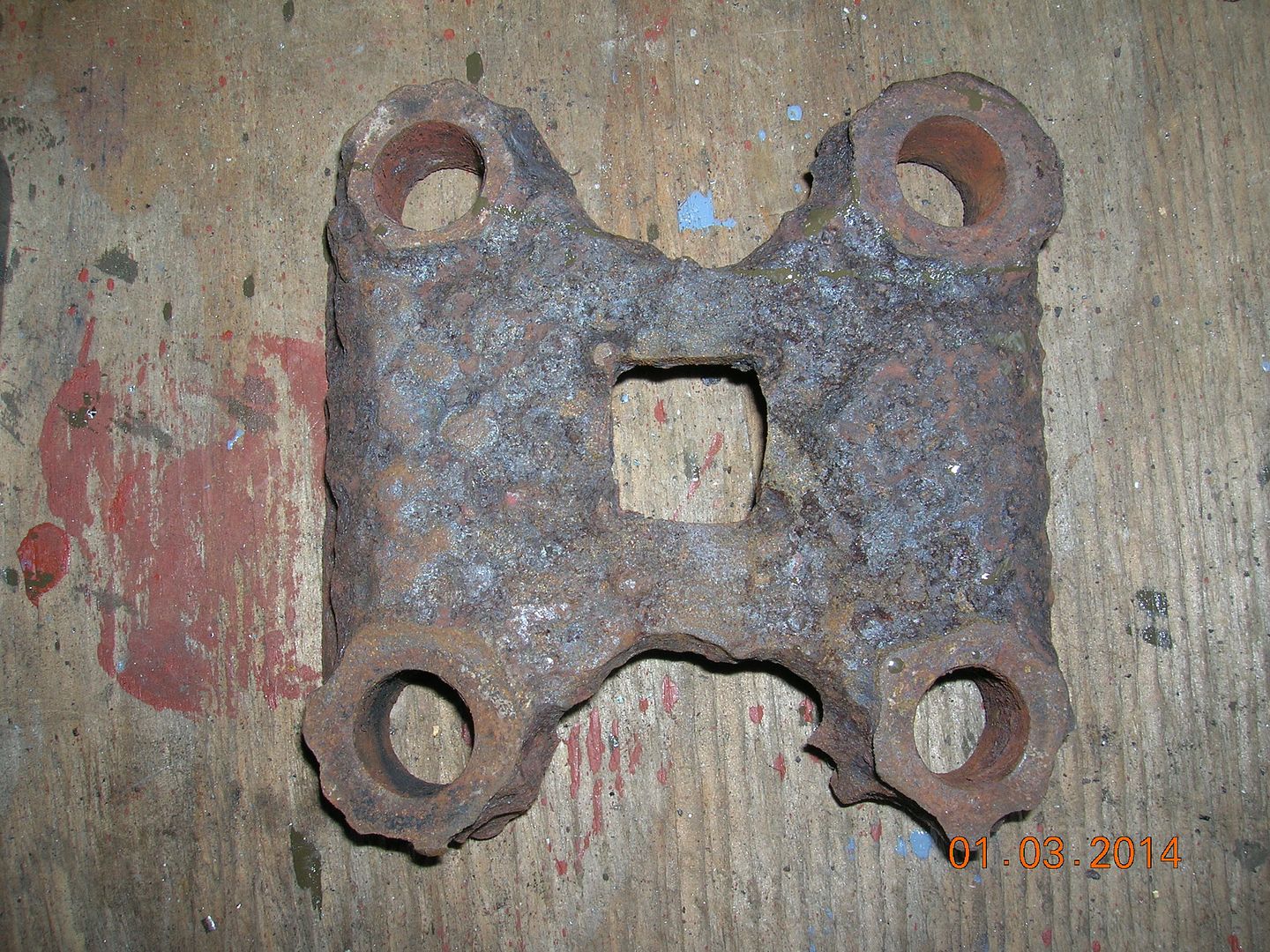
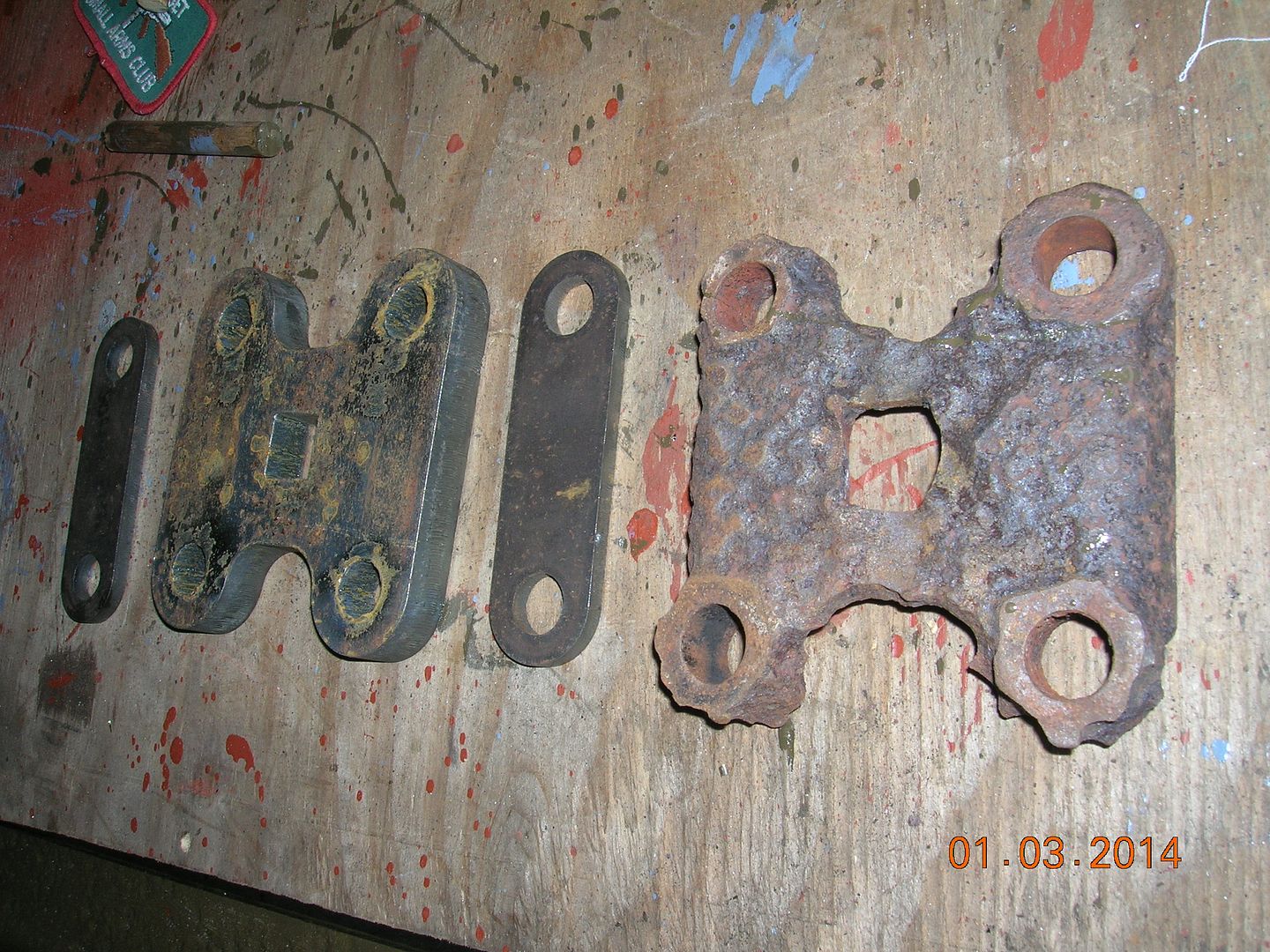
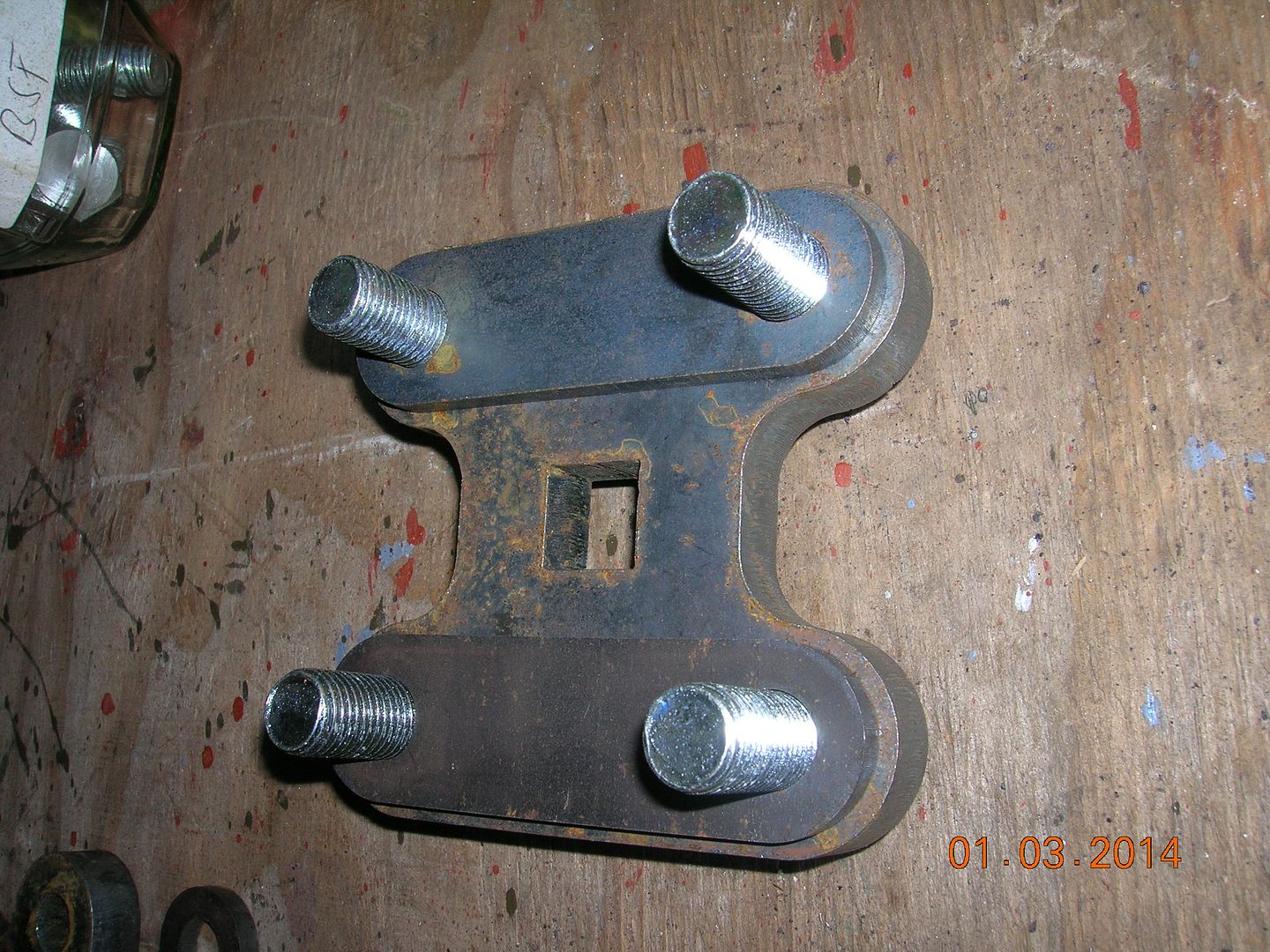
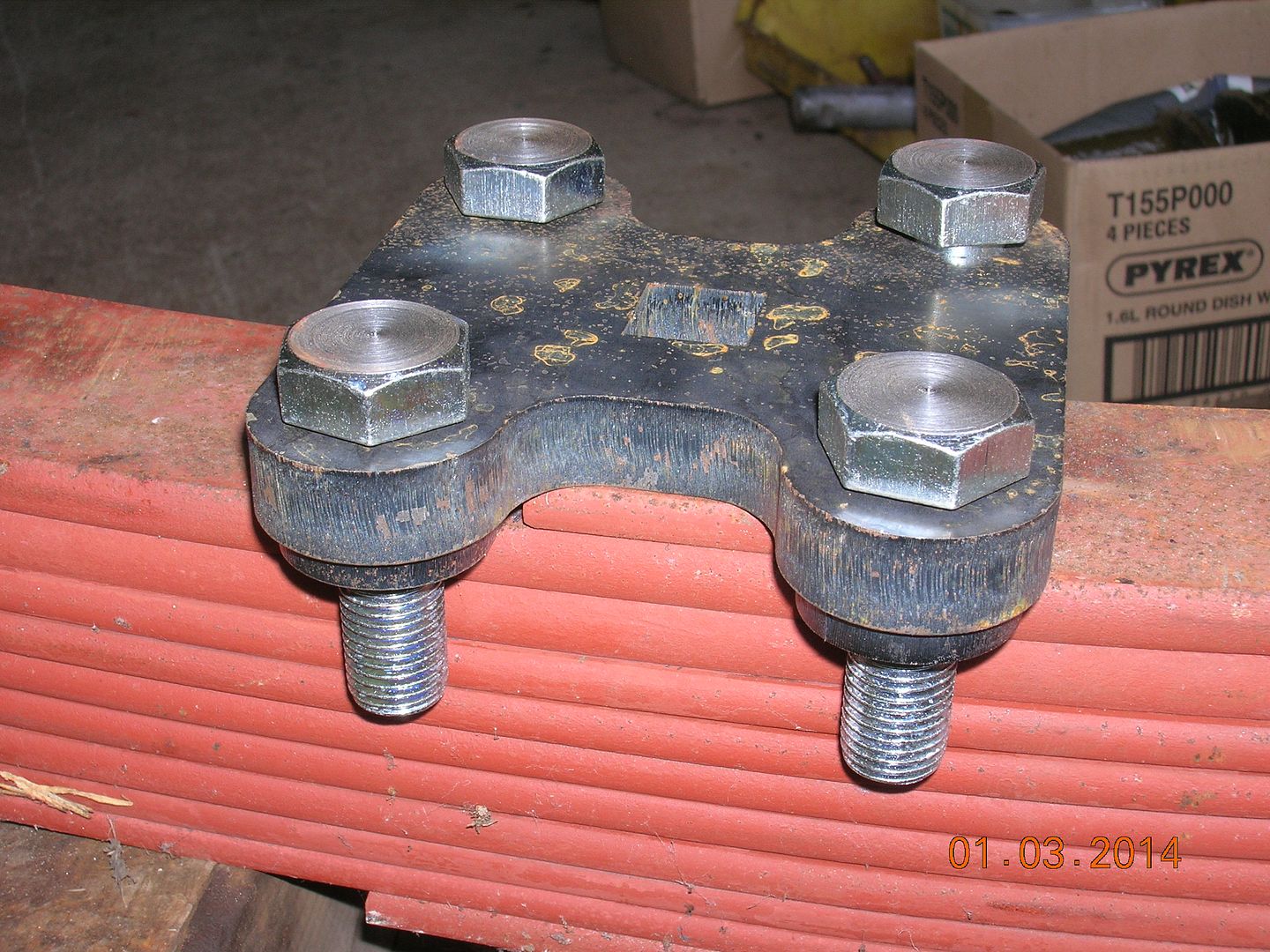
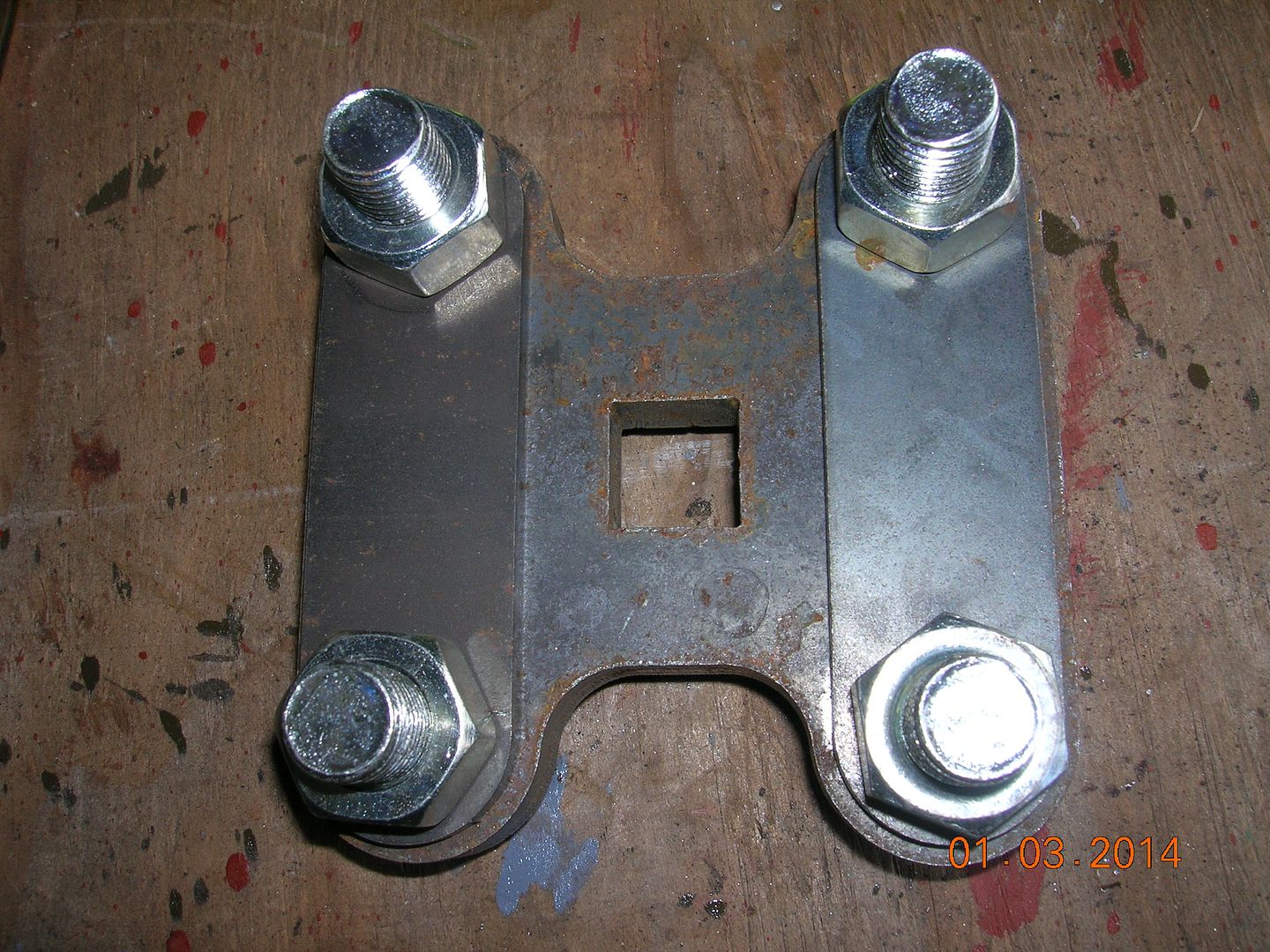









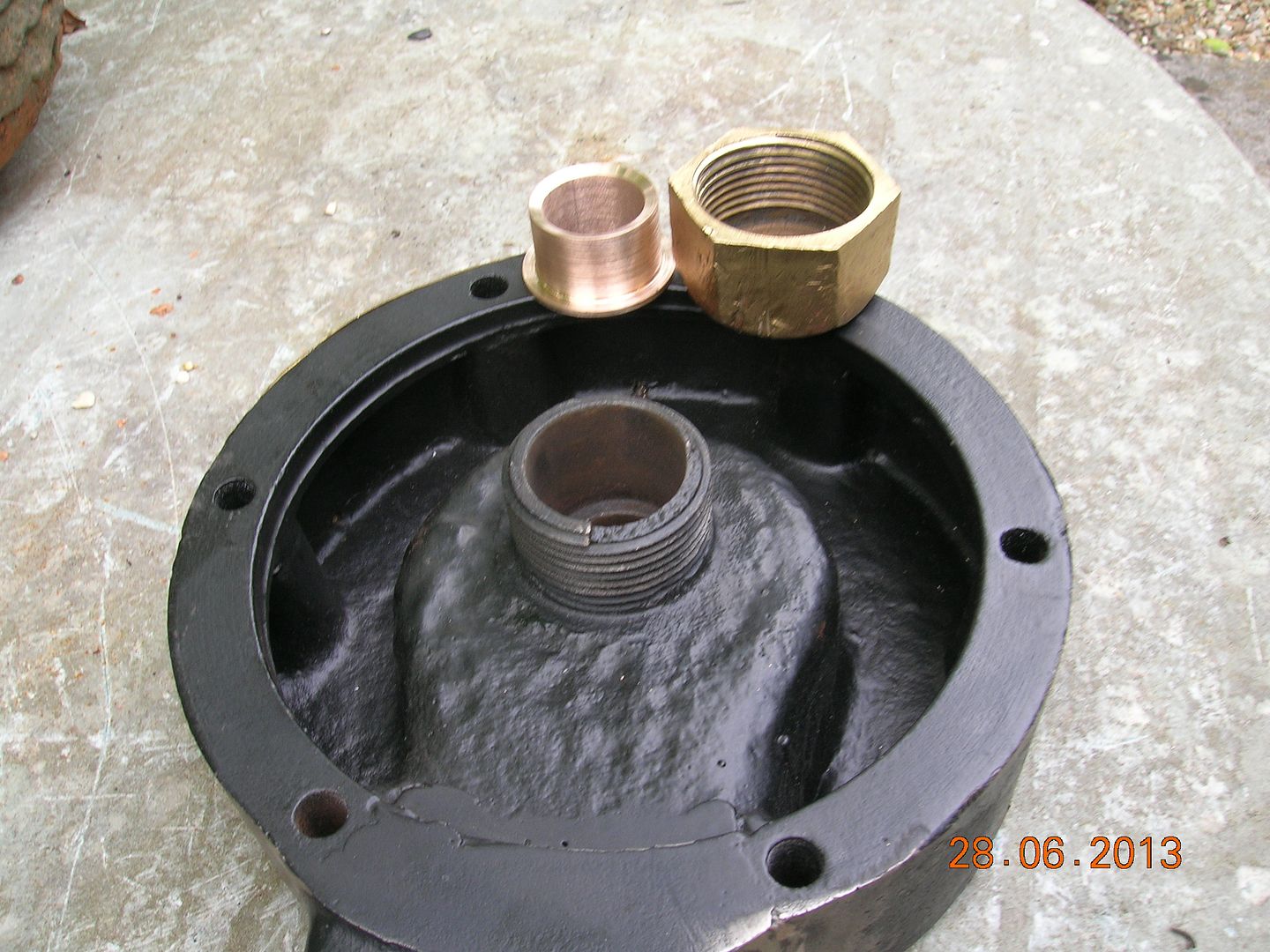

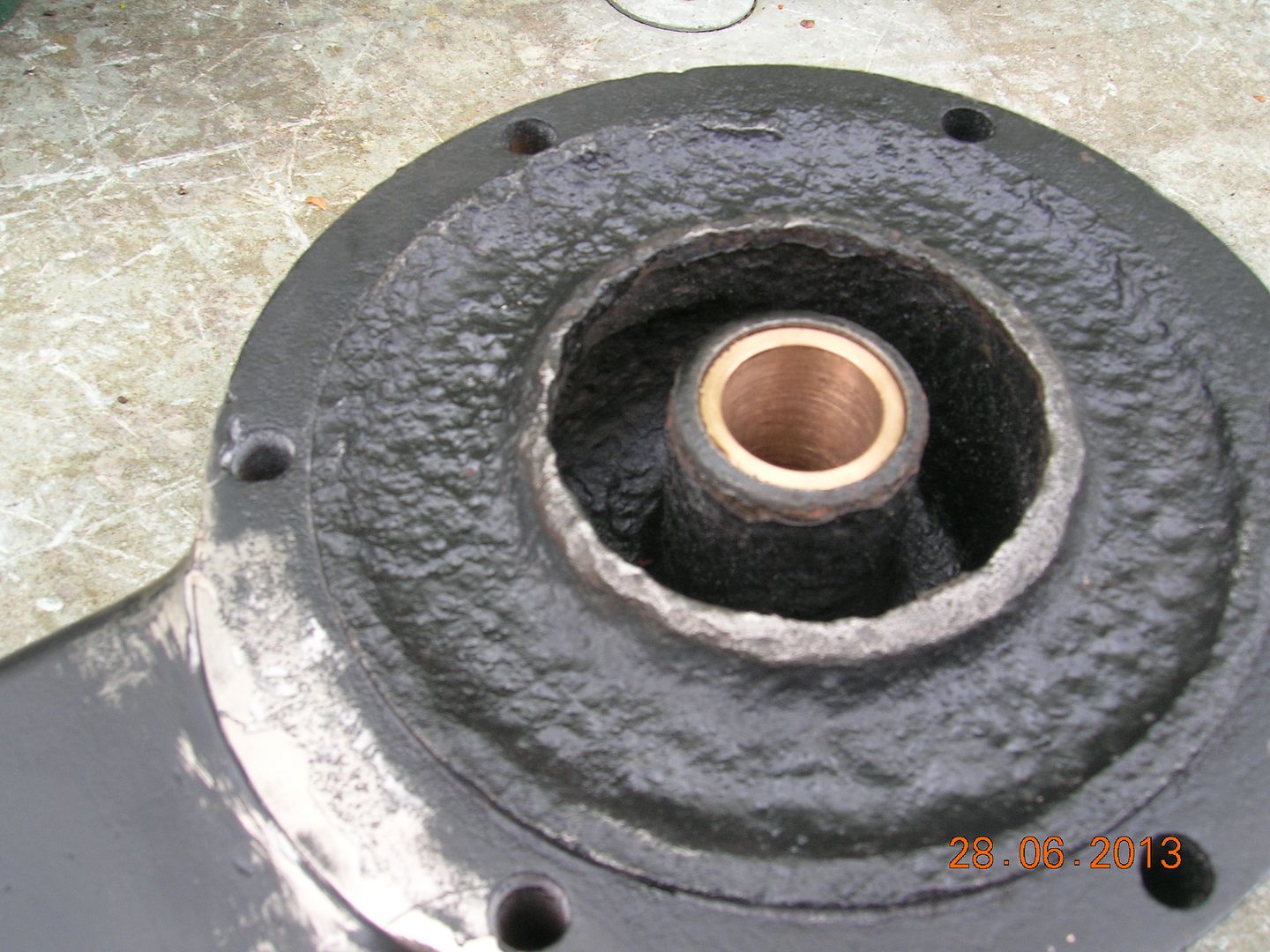
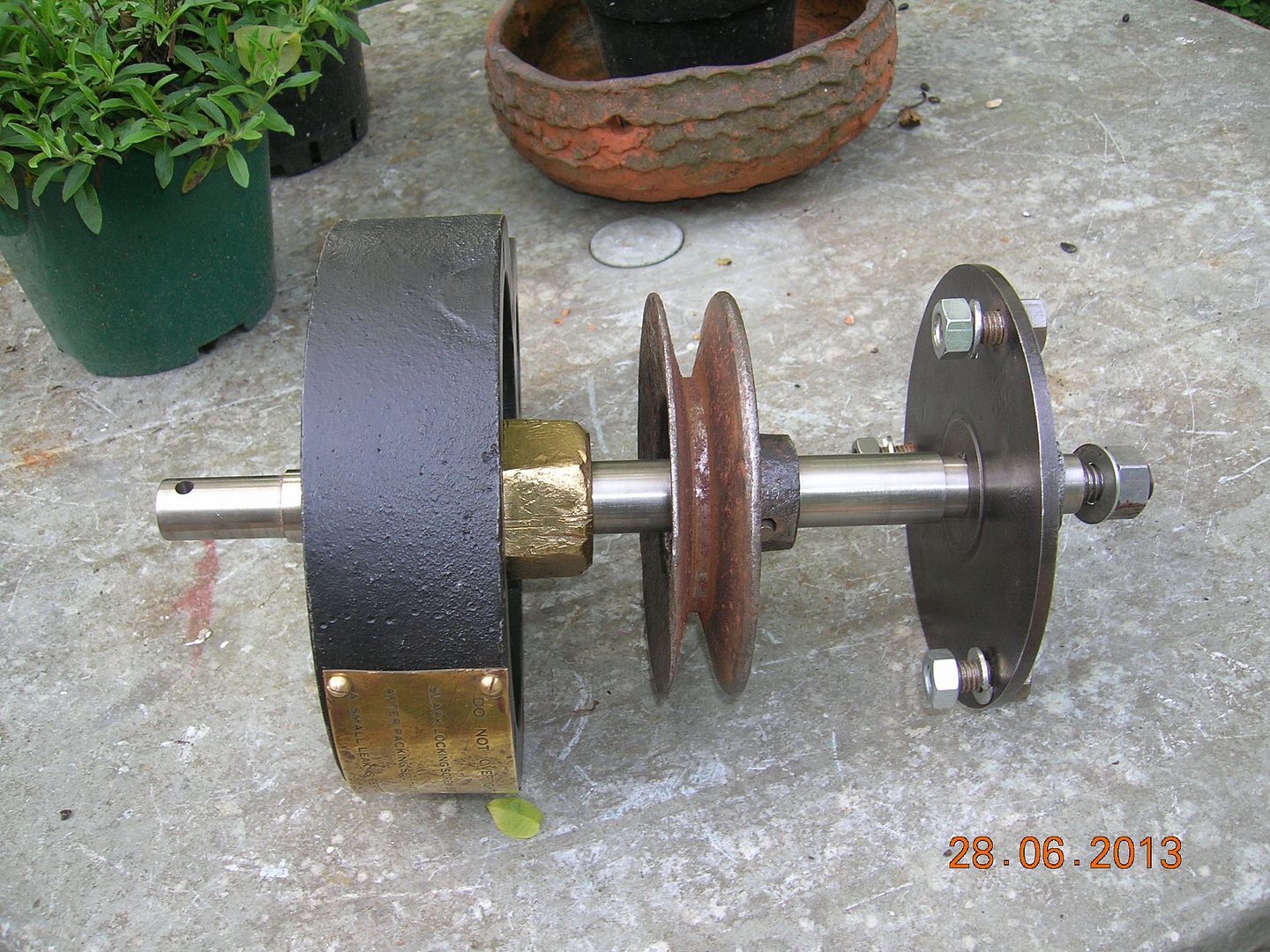



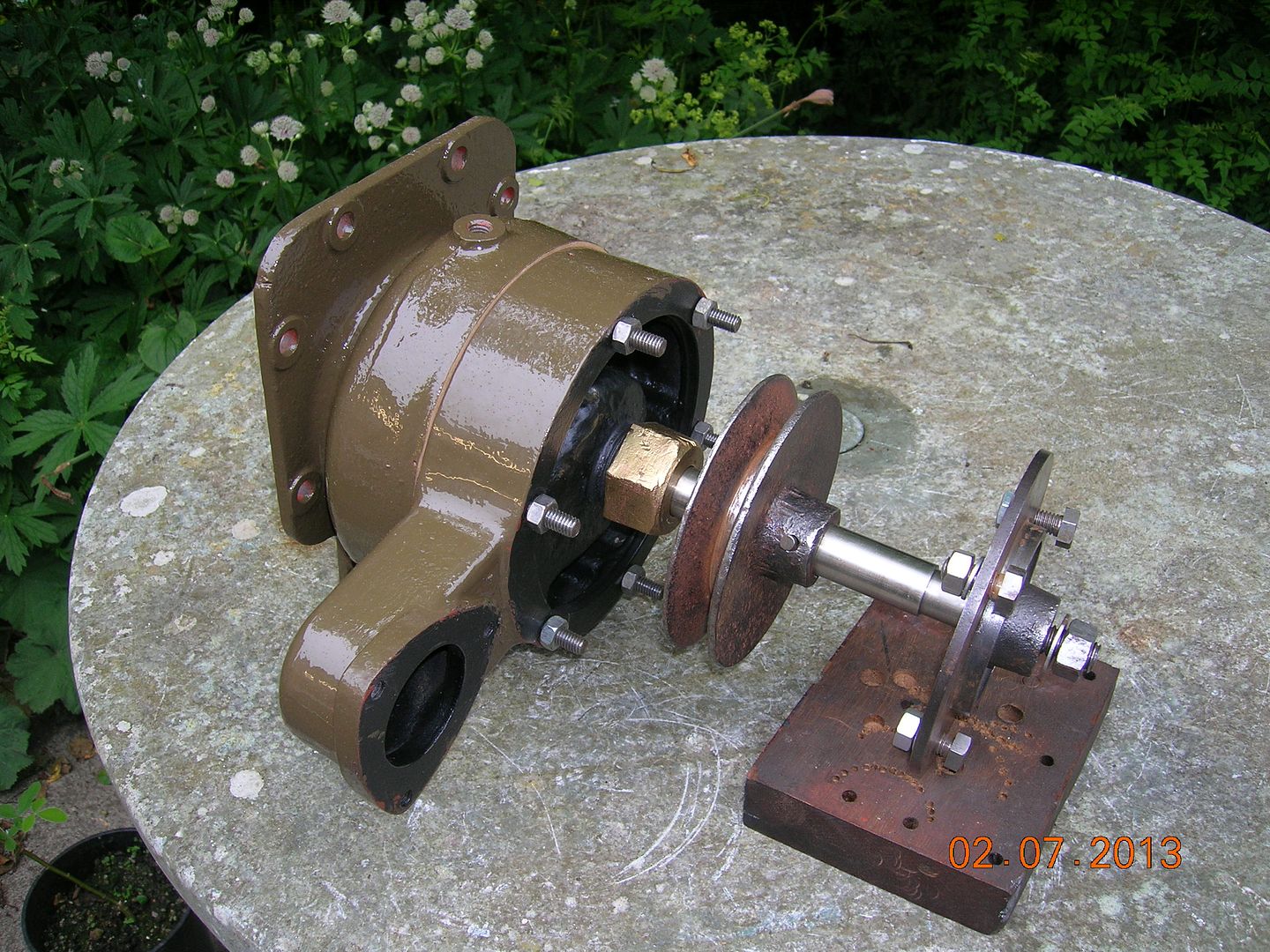

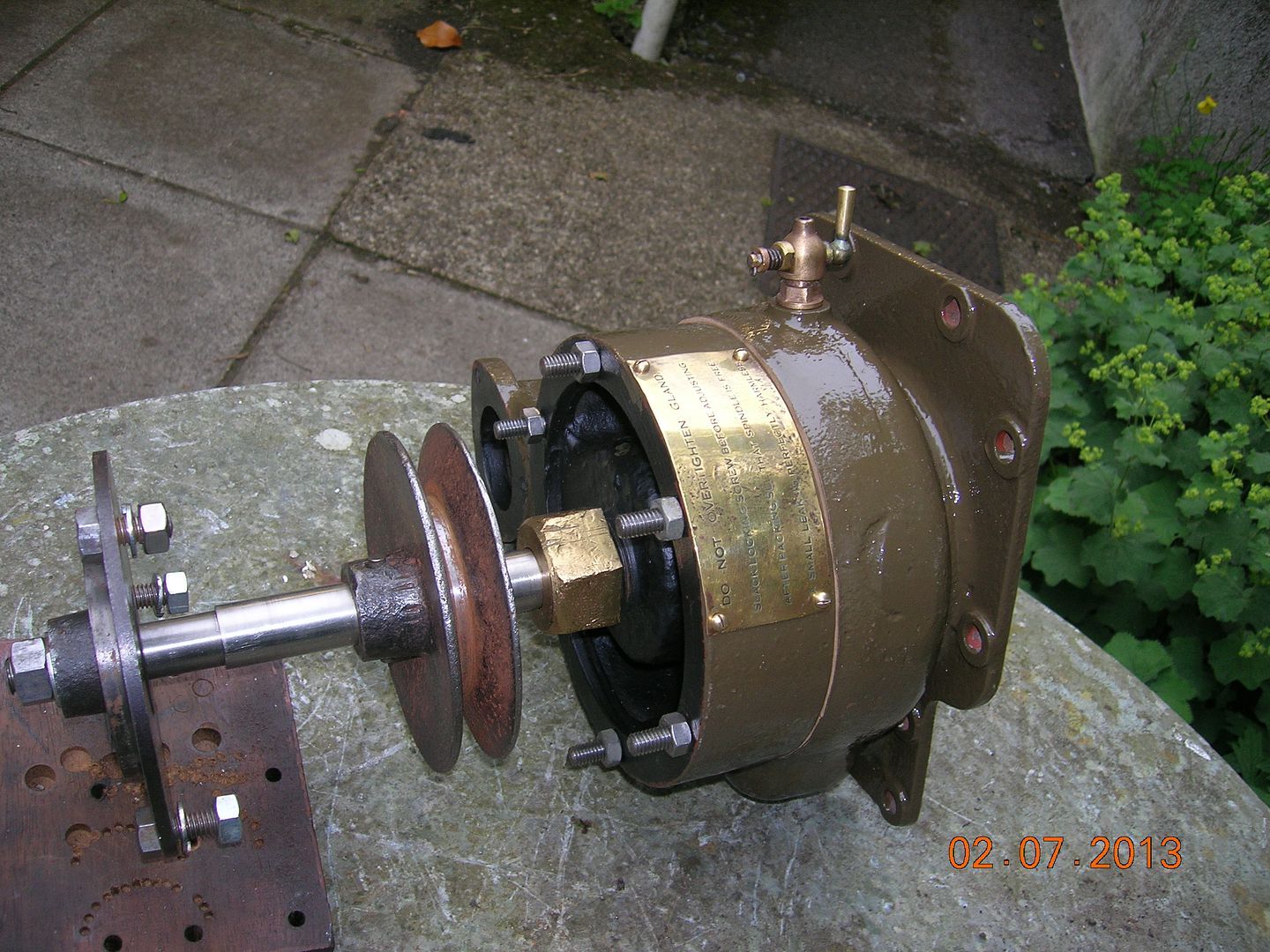

WW1 Thornycroft restoration
in Pre WW2 vehicles
Posted
i remember the Kirkstall forge when it was up and running.....
we used to walk past it...down onto the canal at newlaithes...then on to the canal basin where the barges used to deliver coal to the Kirkstall powerstation...
both the powerstation & Kirkstall forge are gone now....